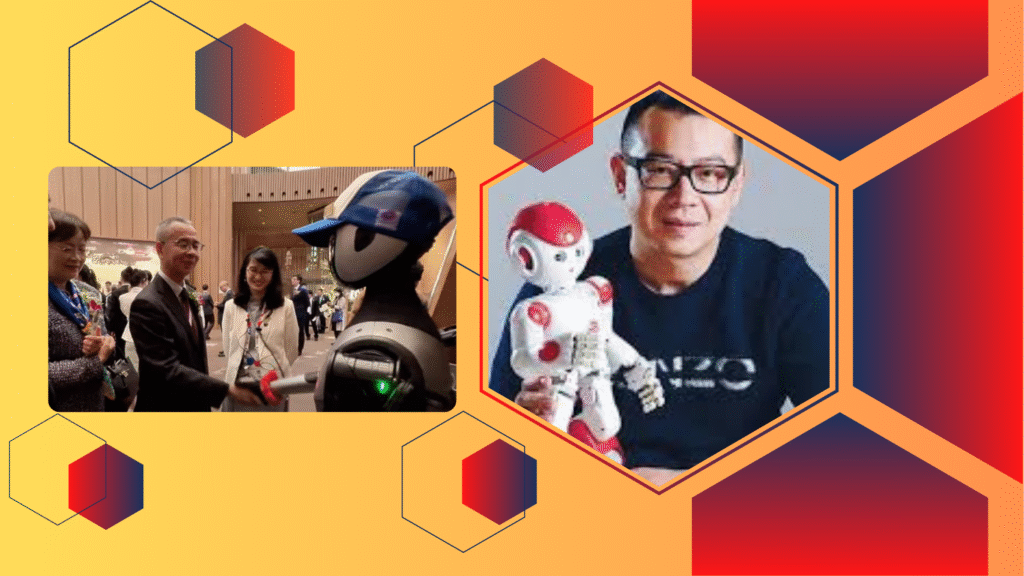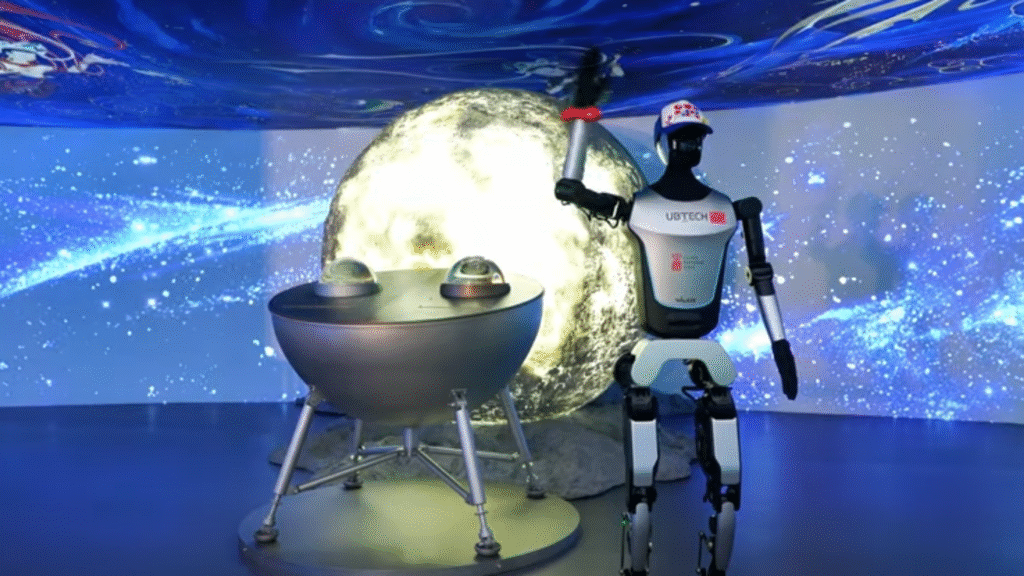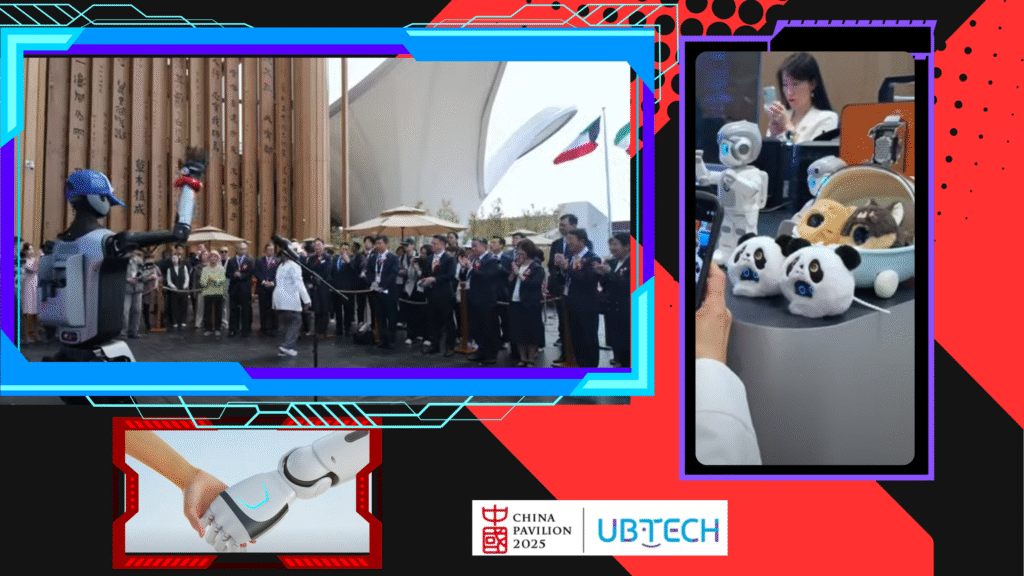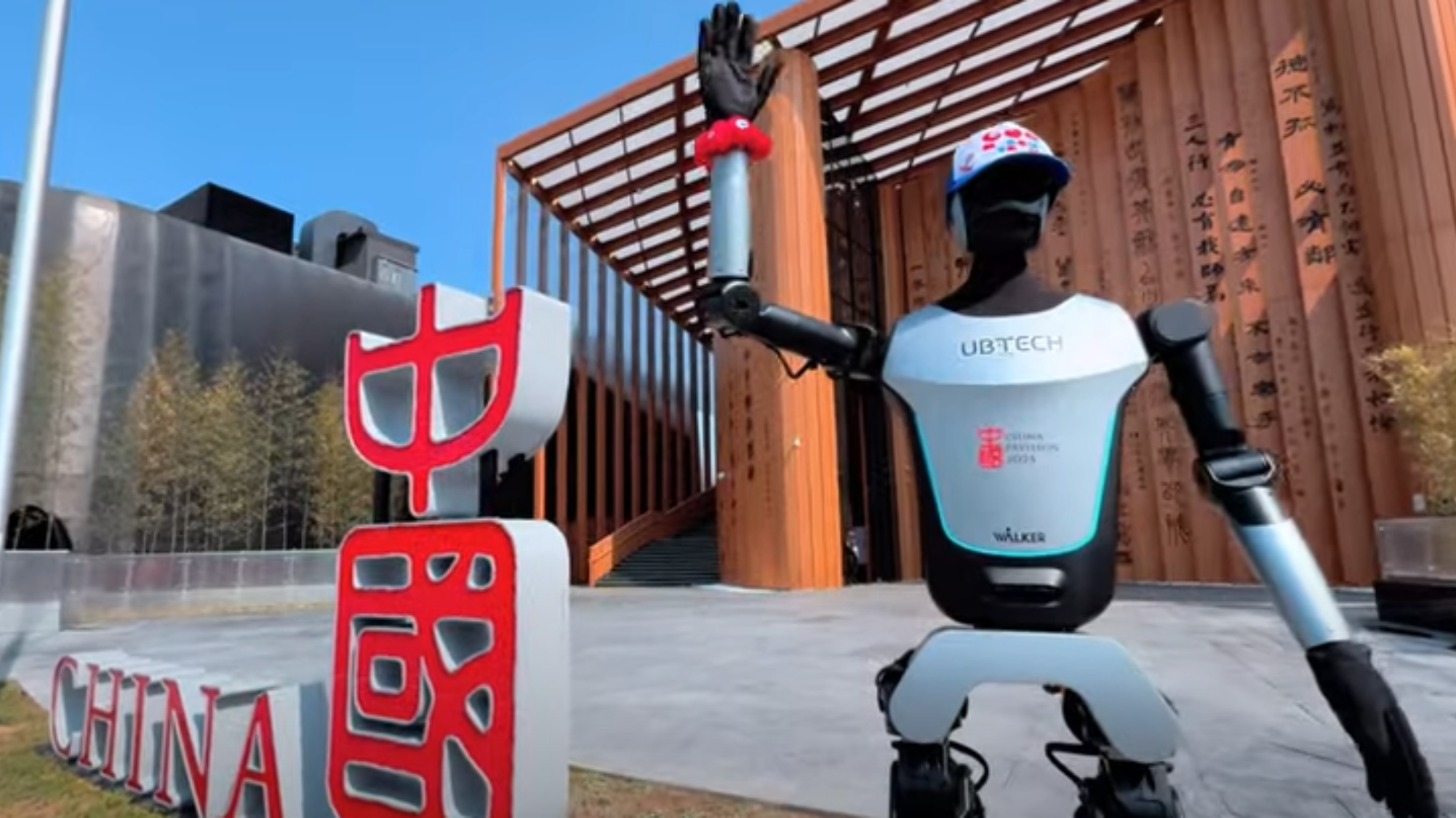Ubtech has become one of the most recognized names in the robotics industry, transforming from a small startup into a global leader. Founded in Shenzhen, Ubtech Robotics focuses on developing advanced humanoid robots that are both practical and interactive. With models like Alpha Two Robot and the Walker S Robot, the company is reshaping how humans interact with machines in homes, offices, and even public services.
Introduction: Ubtech Robotics and the Humanoid Revolution
When people hear the word Ubtech, they often think of futuristic robots walking, talking, and interacting in ways once imagined only in science fiction. But today, Ubtech Robotics has turned that imagination into reality. From consumer-friendly robots to AI-powered humanoid machines, Ubtech is not just creating products—it is building an entirely new ecosystem of robotics.
The company maintains an active profile on Ubtech LinkedIn, where it frequently shares updates on its latest achievements, breakthroughs, and international partnerships. This digital presence has helped Ubtech connect with global researchers, investors, and robotics enthusiasts.

Founder’s Journey: James Zhou and the Birth of Ubtech
The story of Ubtech begins with James Zhou, the company’s founder, who borrowed funds from friends and family to create his first humanoid robot. His breakthrough came with the Alpha 1S, a robot that blended functionality with an approachable design.
Building on this success, Zhou launched Alpha Two Robot, which introduced advanced AI features and became a stepping stone toward the more complex Ubtech humanoid robot line. His vision was simple but ambitious: make robots part of everyday life.

Ubtech’s Expansion into Public Services
While Ubtech originally designed robots for home and entertainment, it quickly expanded into public service robotics. One of its most famous creations is Cruzr, a robot built for offices, government buildings, and schools.
Cruzr can greet visitors, answer questions, and help with administrative tasks. This showcases how Ubtech Robotics is moving beyond the concept of robots as toys, instead creating robots for real-world applications. Many governments and educational institutions now see Cruzr as a valuable tool for efficiency and engagement.
Ubtech Humanoid Robot: From Homes to Enterprises
One of the biggest achievements of Ubtech Robotics is the development of Walker S Robot, a fully humanoid machine capable of walking, balancing, and interacting with humans. Unlike earlier consumer robots, Walker S demonstrates what a Ubtech humanoid robot can achieve when powered by AI, motion control, and vision systems.
These advancements set Ubtech apart from many other robotics companies. As robotics worldstan reports, Ubtech is among the top companies in Asia pushing humanoid technology into mainstream industries.

Ub Tech in Education: Inspiring Future Innovators
Education has always been a priority for Ubtech Robotics. The company has introduced robotics kits designed for schools, giving students hands-on experience with STEM education. By allowing young learners to build and program their own robots, Ubtech inspires the next generation of engineers, scientists, and AI developers.
This initiative aligns with the global demand for robotics literacy, making Ubtech robots not just entertainment tools but also powerful educational resources.
Ubtech Robot Price and Market Position
A common question among enthusiasts is about the Ubtech robot price. While costs vary depending on the model—such as Alpha Two Robot, Cruzr, or Walker S Robot—Ubtech aims to balance affordability with advanced technology.
Unlike luxury robotics brands that price their products beyond reach, Ubtech Robotics is committed to creating cost-effective solutions for both individuals and institutions. This approach has allowed Ubtech to expand its market share and attract buyers worldwide.
Ubtech Robotics and Technological Focus
To remain a leader in robotics, Ubtech is heavily investing in research and development. Key focus areas include:
AI-driven vision systems that allow robots to recognize faces and objects.
Motion control systems that improve balance and mobility in humanoid robots.
Voice recognition and interaction to enhance real-world communication.
Educational robotics kits to encourage youth engagement.
This ongoing innovation is why Ubtech Robotics remains competitive and continues to be featured on platforms like Ubtech LinkedIn, where professionals track its progress.
The Future of Ubtech Robotics
Looking ahead, Ubtech plans to push deeper into AI robotics, healthcare solutions, and interactive humanoids. Its latest projects aim to integrate robots into hospitals, airports, and even homes as daily assistants.
The development of the Walker S Robot is a clear signal that Ubtech Robotics wants to dominate the humanoid sector. With its focus on affordability, innovation, and education, Ubtech is shaping what the next decade of robotics will look like.
Ub Tech vs Competitors in the Robotics Market
In the global robotics industry, Ubtech Robotics faces competition from companies like Boston Dynamics, SoftBank Robotics, and Hanson Robotics. However, Ubtech differentiates itself by offering both consumer robots and enterprise-level humanoids, bridging the gap between entertainment robots and professional service robots.
Ubtech on LinkedIn: Building Global Connections
With a strong presence on Ubtech LinkedIn, the company actively engages with a global audience. Through its LinkedIn updates, Ubtech shares product launches, robotics demonstrations, and international collaborations. This social platform has become a valuable resource for investors, educators, and robotics fans interested in the latest from Ubtech Robotics.
Conclusion: Ubtech as a Global Robotics Pioneer
From the Alpha Two Robot to the Walker S Robot, Ubtech Robotics has proven itself to be more than just a robotics company—it is a visionary force in the world of humanoids. Its journey, as reported by robotics worldstan, highlights how persistence, innovation, and accessibility can turn a small startup into a global robotics leader.
As automation becomes part of everyday life, Ubtech is setting the pace. Whether through affordable robot prices, educational robotics kits, or enterprise-level humanoids, Ubtech Robotics is building a future where robots are seamlessly integrated into society.
In short, Ubtech is not just keeping up with the robotics race—it is leading it.
FAQ's:
1. What is Ubtech best known for?
Ubtech is best known for creating humanoid robots like Alpha Two and Walker S Robot, designed for both education and enterprise use.
2. Who founded Ubtech Robotics?
Ubtech was founded by James Zhou, who started the company by borrowing money from family and friends.
3. How much does a Ubtech robot cost?
The Ubtech robot price varies depending on the model, with entry-level educational kits being affordable and humanoid robots like Walker S priced higher.
4. What role does Ubtech play in education?
Ubtech Robotics supports schools by providing robotics kits that encourage coding, engineering, and STEM learning.
5. What are Ubtech’s latest innovations?
The Walker S Robot, AI-powered Cruzr, and educational kits highlight Ubtech’s innovation in both public services and classroom learning.

Prof. Mian Waqar Ahmad
Prof. Mian Waqar Ahmad, a dynamic force straddling the realms of academia and digital media. As a distinguished Lecturer in Information Sciences, he imparts knowledge within the academic sphere, igniting the minds of his students. Beyond the classroom, Prof. Mian Waqar Ahmad dons the hat of a seasoned blogger on Worldstan.com, where his insightful posts delve into the intricacies of information sciences. His digital footprint extends even further as a YouTuber, leveraging the platform to share his expertise and make complex concepts accessible to a global audience. Prof. Mian Waqar Ahmad’s journey embodies the fusion of traditional education and contemporary digital outreach, leaving an indelible mark on the evolving landscape of information sciences. Explore his world at Worldstan.com and witness the convergence of academia and the digital frontier.

